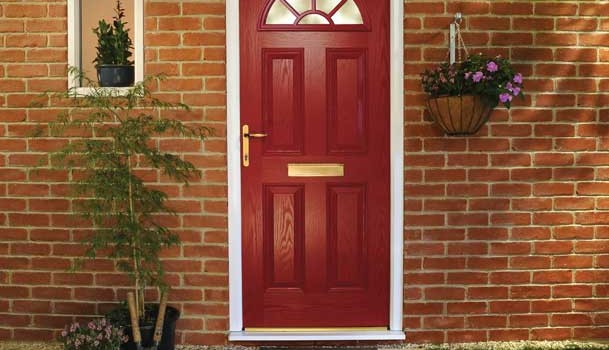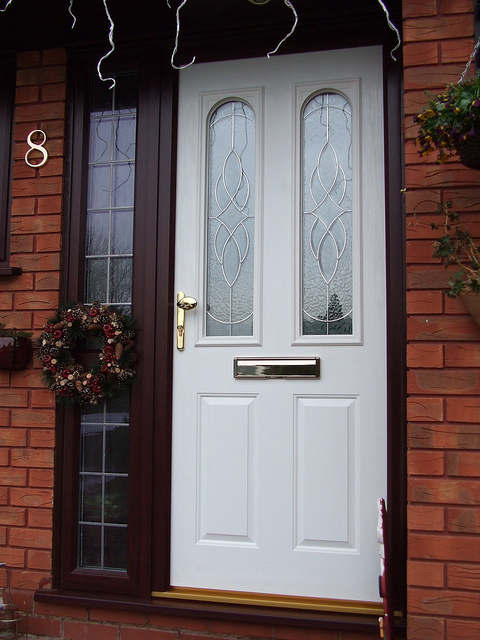
Rising Energy Costs in these difficult times
If you pick a paper at the moment, it is hard to avoid reports of spiralling energy costs and the pressure that is putting on households.
As a result, it is now more important than ever to take steps to limit this impact on your own life. The obvious way to do this is to make sure that your home is as energy efficient as it can be, so that it requires less heat and electricity to function.
By using less gas and electricity you are obviously going to lower your energy bills in the short term, but also you can insulate yourself against future energy price increases.
Now, while the importance of insulating your floors, walls and roofs has been talked and written about a lot on TheGreenAge, we have neglected doors – but no longer!
Insulating Doors
Doors are pretty fundamental features of a home, not only do they need to provide protection from the elements and would-be intruders – they also need to be inviting enough to make a good first impression.
Fairly recently though, the role doors play in the energy efficiency of the thermal envelope of the home has become more highly appreciated. Just like walls or windows, they can be specifically targeted for improvement and in doing so can help bring down household energy bills.
New Guidelines for the Energy efficiency of Doors
Doors vary in heat loss just as much as different types of walls do. Therefore it is important to understand how much heat you may be losing through your door. In 2010, building regulations recognised the importance of doors within the energy efficiency framework and introduced a maximum u-value of 1.8W / m2K on all new door installations (you can learn more about u-values by clicking here).
Historically, older doors tended to be made of wood, which look great, but after years of exposure to the elements, tend to warp and crack and so don’t really fulfil their roles quite as well. A typical 65mm hardwood door like this would have a u-value of between 2.5 and 3, which is not very good for energy efficiency.
That is why, on new builds it is unusual to find a pure timber door, since it is almost impossible for the manufactures to get these to the required 1.8W / m2K u-value, even though their traditional appearance remains highly desirable.
[info]
Doors on new builds have to have a u-value of less than 1.8W / m2K
[/info]
Some newer doors are made from uPVC, but these again suffer from the same flaws as wooden doors in that they are made from just one material – uPVC – so they too suffer after prolonged exposure to the elements.
What is a composite door?
Most doors that meet the new building regulations will be composite doors and these are relatively new to the market. To produce composite doors, different materials are used; each selected to provide a specific benefit.

Materials used in composite doors include PVC, wood, steel, aluminium, insulating foam and glass reinforced plastic (GRP), which come together to produce a door that is resistant to the elements, very strong and secure and very energy efficient. In addition, the exterior of the composite door normally consists of a wooden frame covered with the GRP, a material that doesn’t fade or crack over time – so they are specifically designed to look like traditional wooden doors, but are essentially maintenance free.
Now the major issue with insulated doors is cost – a regular door might cost you £100 or less (although as you might expect, the more you pay even for a regular door, the better the materials used and also probably the quality of the build, making it hardier to the elements and also hopefully more secure). However if you are looking to install a fully insulated composite door, you might need to spend upwards of £400 just to get even the most basic model.
To find out how much you could save by installing a new insulated composite door click on the next page.
Pages: 1 2












I need a replacement door – wooden, no letter box, no glazing, reasonable thermal efficiency and sound proofing , and suitable for painting. What can I get for under £300?
dormer roof insulation 1960’s Semi